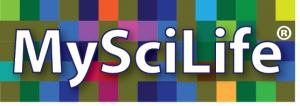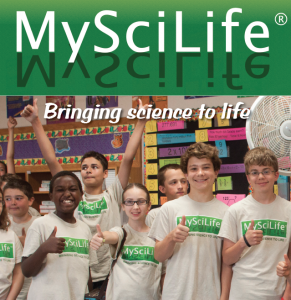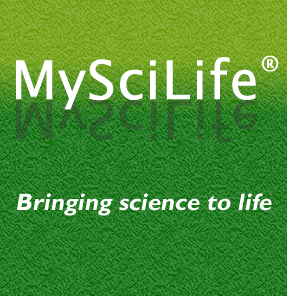Language Limits: Captioning the pictures of learning
 How do you explain what you know and do every day as a teacher? Would anyone other than another teacher understand you?
How do you explain what you know and do every day as a teacher? Would anyone other than another teacher understand you?
I gave a tour of MySciLife to some non-educators this week. After decades as an educator, it is hard to explain anything about teaching or learning without slipping into the language I use among teachers. I use terms like differentiate, ESL/ELL, prompt, scaffold, and digital citizenship. Like most teachers, I do not even realize when my audience is thinking:
Hmmm….
Differentiate… means to delineate the differences between two things. What is she telling the differences between?
ESL… or did she say easel? Is this for Art?
prompt… what does this have to do with being on time?
scaffold… are they painting her classroom?
digital citizenship … is that something about online voting?
When I use an education-specific term in a parent conference, I make sure to circle back and define it in context. I do the same with unfamiliar terms I use with students:
Today you are going to work in small groups on an issue related to digital citizenship. When we talk about citizenship in social studies class, we are talking about the way we read, listen, and evaluate what our government does. We especially focus on how citizens participate in that government. Learning to do this responsibly is what makes us good citizens. So talking about digital citizenship…
This is easy when I am in teacher mode with kids. Sharing the intricacies of teaching and learning, especially a form of learning unfamiliar to most adults over 30, however, is a real challenge. There is such richness in student-centered, social-media based learning that giving an introduction to MySciLife requires circling back over and over — risking listener dizziness. The intelligent adults who are listening would never expect me to understand the intricacies of what they do every day in their professional roles. But any adult touring MySciLife carries along their own school experience. It is hard for them to understand MySciLife without comparing/contrasting with that experience.
Teacher to teacher, I would say that MySciLife is:
- a safe, online learning space where your students can learn local science curriculum through student-driven learning and interaction with peers across the U.S.
- a social learning community where students take on and maintain a role of a science identity, such as Mighty Mitochondria or Gregarious Gravity (they choose the name but concepts are determined by curriculum)
- student-centered, meeting today’s digital learners in a familiar digital space while respecting and directing their use of the digital tools they know so well for productive purposes in social-media based science learning (now that is a mouthful!)
- a learning community designed in accordance with specifications and experiences of our teacher-ambassadors throughout over 2 years of research pilot
- designed to offer scaffolding and opportunities for differentiation for ESL/ELL, gifted, and learning support students
- well-suited to the needs, strengths, and interests of emerging adolescents
- a whole new experience in teaching… that gets easier and better with each unit
- engaging to ALL students, promoting participation and interaction among peers. No passive learners here!
- aligned to best practices in process writing (drafting, feedback, response, publishing, response…) and centered on experiences with digital writing and informational texts a la Common Core
- infused with models of good digital citizenship
- creative, open-ended, and focused on deeper learning
- in short… amazing. It changes your whole view of what science learning can be.
I can talk to teachers about MySciLife for hours. I have not, however, perfected an introduction to MySciLife that connects with non-teaching adults’ prior knowledge of school, redefining what it means to teach and learn using safe social media. I can give them a gallery of mental pictures, but captions for those pictures rely on my educator-specific language. I ‘ll keep working on ways to make the captions circle back.












